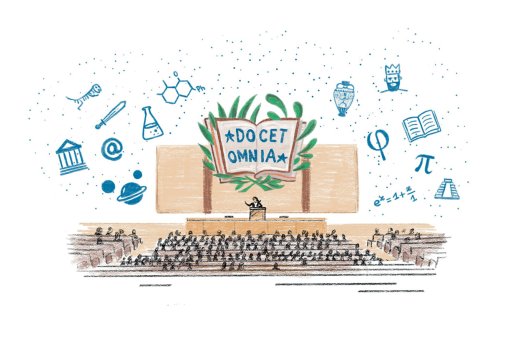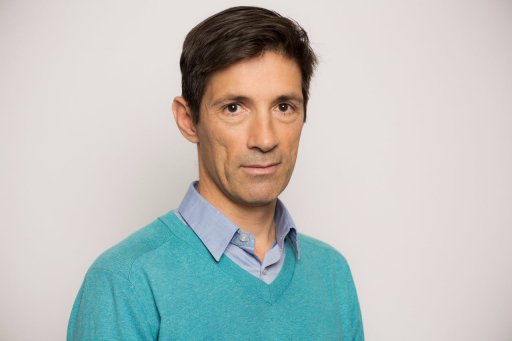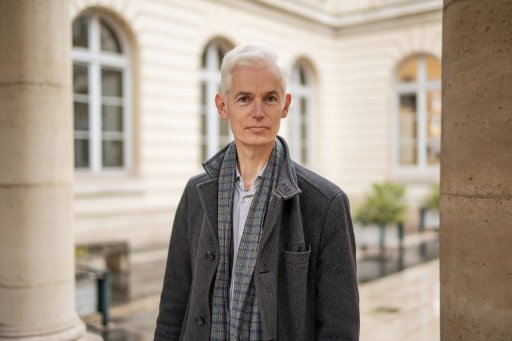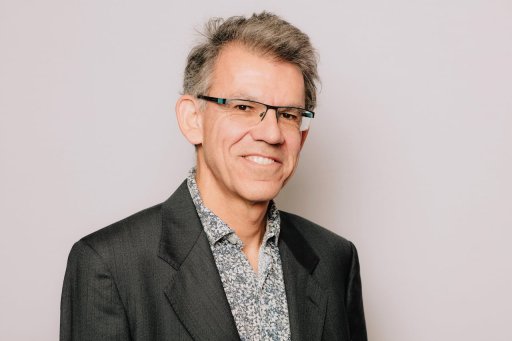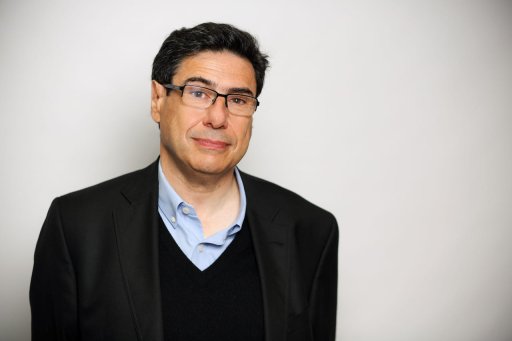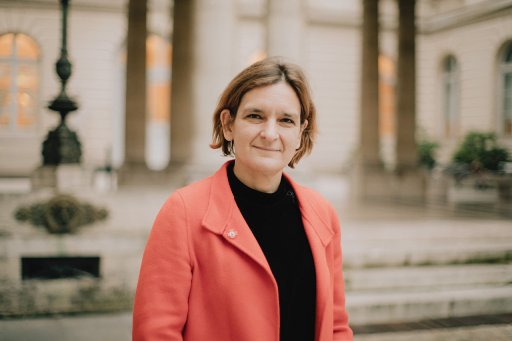Didier Fassin is Professor at Princeton's Institute for Advanced Study and Director of Studies at EHESS. He has been invited to occupy the Public Health Chair at the Collège de Francein 2019-2020 , created in partnership with Santé publique France, whose opening lecture L'inégalité des vies was held on January 16. His lectures at the Collège de France have been postponed until the 2020-2021 academic year.

The common idea that the coronavirus affects us all without distinction - men and women, young and old, urban and rural, managerial and blue-collar, rich and poor - is certainly useful in getting the whole of society on board with the necessary preventive measures, and it's understandable, up to a point, that political leaders express it. But it is deeply flawed, and even a dangerous illusion, as it leads to blindness and inertia where lucidity and action should prevail. Invoking it may therefore seem like a good tactic, but it's a bad strategy.
It's a well-known fact that epidemics strike unequally at the members of the societies in which they strike. Historians showed this for cholera in 1830 in Europe, epidemiologists established it for Spanish flu in 1918 in Chicago and for AIDS in the early 2000s in South Africa, and I found it for measles and smallpox by studying nineteenth-century parish registers in Ecuador. As far as Covid-19 is concerned, few countries have so far provided data.
However, initial analyses carried out in the United States show that, in Michigan and Illinois, the risk of African-Americans becoming infected is twice as high as their demographic weight in the general population would suggest, and that this ratio is even three for the risk of dying. In Louisiana, where African-Americans make up a third of residents, they account for more than two-thirds of deaths. In New York City, their adjusted mortality rate is double that of whites. There are many explanations for this excess morbidity and mortality: members of black minorities mostly hold jobs for which they have no choice but to stay at home; they often live in poor neighborhoods and public housing where contact is less avoidable; they are less likely to be offered screening tests when they present with cough and fever; if they are ill, they more frequently present with severity factors such as diabetes, asthma or heart disease; finally, if hospitalization is required, access to resuscitation care proves difficult when they have no medical cover. But the coronavirus merely reveals a more general fact in the United States, namely the excess of disease and death among blacks, whose life expectancy at birth can be up to fifteen years shorter than that of whites. France has not released data including indicators of social differentiation, but there is every reason to believe that the same causes will produce the same effects there, as death statistics from Seine-Saint-Denis, the poorest department in mainland France with the highest concentration of ethno-racial minorities, already suggest.
Vulnerability, inequality, discrimination
Up to now, much emphasis has been placed on the disparities in survival rates between infected people of different ages, with a much higher lethality of the disease over the age of seventy-five, and according to their state of health, particularly the existence of pre-existing pathologies. In this case, we can speak of vulnerability, because it is hardly possible to act on these factors at this stage, even if we know that aging and several of these pre-existing pathologies have a strong social determination. But there are two other situations in which it is possible and urgent to intervene.
The first disparity concerns the socially underprivileged, whose housing and working conditions make it difficult for them to comply with preventive instructions, whose access to screening is often more difficult, and who more frequently have to forego treatment. This disparity is particularly marked in working-class neighborhoods, large social housing estates and more or less legal traveller camps. These inequalities are compounded by a double injustice: by simply incriminating their behavior, they are blamed for the higher risk to which they are exposed - the well-known phenomenon of blaming the victims; and under the state of emergency, they are subject to more repressive control measures than the rest of the population.

The second disparity affects three categories of population that society, through the policies of its rulers, deliberately exposes to infectious risk by confining them in conditions that make the prevention it otherwise promotes impossible. First of all, prisoners in remand prisons - 44% of whom are on remand, awaiting trial, and 27% of whom have been sentenced to less than a year's imprisonment, often for minor offences - have been increasingly overcrowded for years, almost everywhere with two or three people confined in cells designed for one. The welcome release of several thousand prisoners has not compensated for the fact that the occurrence of numerous cases and, consequently, the isolation of contacts has further increased overcrowding in the rest of the cells, making detention conditions untenable for prisoners and warders alike. Secondly, foreign nationals held in administrative detention centers because of their illegal status and awaiting deportation find themselves in a situation that is as dangerous as it is absurd, since there are no longer any flights to take them back to their home countries. Judges have released a number of them, but the rest have been reduced to hunger strikes and self-mutilation in an attempt to draw public attention to the unsanitary and dangerous conditions in which they are being held. Last but not least, many of the homeless and asylum-seekers on the streets have been herded by the hundreds into gymnasiums and other places where they are forced to live in alarmingly cramped conditions. Others, even more precarious, survive in public spaces where any hope of prevention is futile. In all three cases, we are dealing with discrimination, in the strict sense of unfavorable treatment based on an illegitimate criterion, since neither the commission of a crime, nor the absence of a residence permit, nor extreme poverty can justify knowingly subjecting people to the risk of a fatal disease.
Collective responsibility
Vulnerability, inequality, discrimination. Three concepts to differentiate types of disparity in the face of Covid-19. There are overlaps between the three, but the interest of this triptych is to invite us to think of distinct forms of collective responsibility with regard to these situations and, consequently, of actions aimed at correcting these disparities. Prevention through containment and quality of care, as currently implemented, are good responses to vulnerability. A policy based on the principle of health justice, rather than just health policing in working-class areas, and involving wider screening and earlier care, would help to reduce inequalities. Lastly, compliance with the legal obligation of individual cell confinement, which implies the release of detainees, particularly those whose presence in prison is not justified because, without trial, they are presumed innocent or, sentenced to short terms, they can benefit from alternative measures, can correct discrimination, as can the temporary closure of administrative detention centers, which can no longer serve as an airlock pending deportation, and finally the provision of suitable accommodation for people living on the street or crammed into confined spaces. Of course, these conceptual categories and the political responses they suggest also apply, to a large extent, to situations encountered elsewhere in Europe, and in particular to asylum seekers and migrants held in undignified conditions in Greece.
The Covid-19 pandemic produced an unprecedented event: threatened by a potentially lethal virus, life suddenly became our most precious commodity, so precious in fact that we were able to sacrifice it, at least in part, another commodity that many had thought superior, namely growth, combined with limited public spending. In a reversal of our values, biological life was thus placed above economic life. Health over wealth, as some put it. A historic moment, at the apogee of what I have proposed to call biolegitimacy, i.e. the recognition of "the simple fact of living" as the supreme good, to use Walter Benjamin's formula. The fact that each and every one of us felt threatened by the epidemic probably contributed to this major evolution.
All lives are not equal
However, not all lives are created equal. In this respect, we must not forget that France ranks third in Europe for premature mortality, i.e. deaths occurring before the age of 65, and sadly first for avoidable mortality, i.e. deaths occurring before the age of 65 that could be prevented. Nor should we lose sight of the thirteen-year gap in life expectancy at birth that separates the wealthiest 5% from the poorest 5% in our society. The celebration of life, which the coronavirus has induced, does not have the same meaning for everyone, and it is even likely that the epidemic will accentuate a little more the inequalities in the face of death that undermine our society, not only because of the consequences of the disease, but also, and even more so, because of the effects of the economic recession.
Prof. Didier Fassin
Collège de France, Public Health Chair (2019-2020)
Institute for Advanced Study, Princeton
Any reproduction of this text requires the prior written consent of the author and the Collège de France(presse@college-de-france.fr or message@college-de-fr ance.fr).


